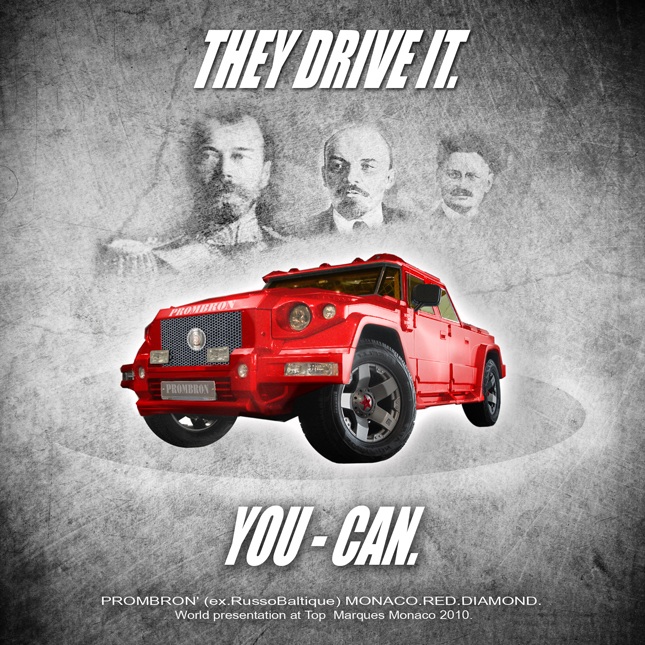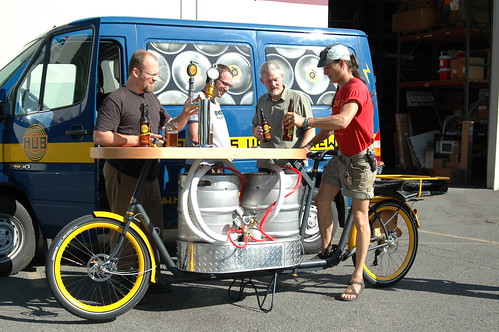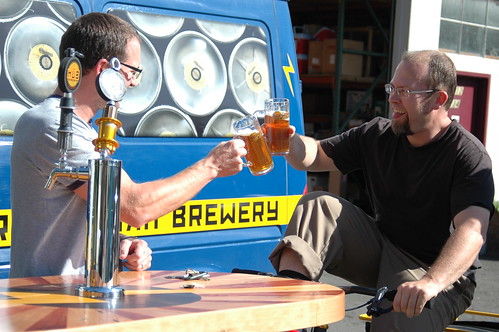French Evade Speed Traps With a Cayote! Coming soon to spy on unsuspecting American cops
(Source: New York Times)
Car-to-car communication is a dream of traffic researchers. Radar, video and other sensors in a car would understand the environment around it and communicate such information as sudden braking, rainfall and speed to the receptors in other cars, enabling other drivers to avoid accidents and congestion.
High-tech car-to-car communication is already here in France, but the object is avoiding fines of 90 euros ($140) or more for speeding. Several companies have introduced devices that will alert drivers to the presence of mobile radar units set up by the police. One such device is made by Coyote, a French company, which plans to bring its product to the United States early next year.
Coyote’s best-selling model is the Mini Coyote. It costs around $225, which includes three months of service. After that, there’s a monthly charge of $15. Business Wire says Coyote has already expanded to Italy, the United Kingdom, the Czech Republic and Belgium and will be available in the United States in January with its main service and an iCoyote application for iPhones.
The Mini Coyote is the size of a cellphone and fits on a car’s dashboard. When a subscriber to the system spots a mobile radar unit beside the road, the driver pushes a button on the device that sends a signal to a central computer giving the location and direction of travel being watched. Three seconds later, the computer sends a warning to all other subscribers within 12½ miles of the point.
Jean-Marc Van Laethem, chief executive for Coyote, started the company with a partner in 2006. Today, there are 250,000 subscribers in France.
Click here to read the entire article.
Transportgooru Musings: As rightly pointed out in the source article, I wonder how this product would compete against the ones that are already in the market place, especially those that are already doing what exactly the Coyote is designed for. One particularly popular application on the ever expanding iPhone market is the “Trapster“, also relies on the same principles (crowd sourcing) and has made serious inroads with roughly 50,000 downloads per day, ranking it the 2oth most popular application in the iPhone’s App store. Even if Cayote starts todays, it still has a long way to go before catching up with Trapster and its ilk that have firmly established themselves. Maybe it was a good sell in France and some European markets where there is little competition from SmartPhone market applications such as Trapster but in the US it will be a bloody battle before Cayote even makes a mark. Me thinks, Cayote is a tad bit too late to enter the US market. Also, I think the days of walking into a store to buy a product that is exclusively designed to detect radar signals are fast coming to an end and the future of such “busting” applications are pointedly looking at mobile smartphone platforms such as the iPhone and Droid. It would be interesting to see how the company takes that subscription-based business model from European markets and applies that to the US market. That said, Cayote must have some compelling data that convinced them to make the product for sale at brick and motor stores. Let’s see how they do it in the days ahead…














